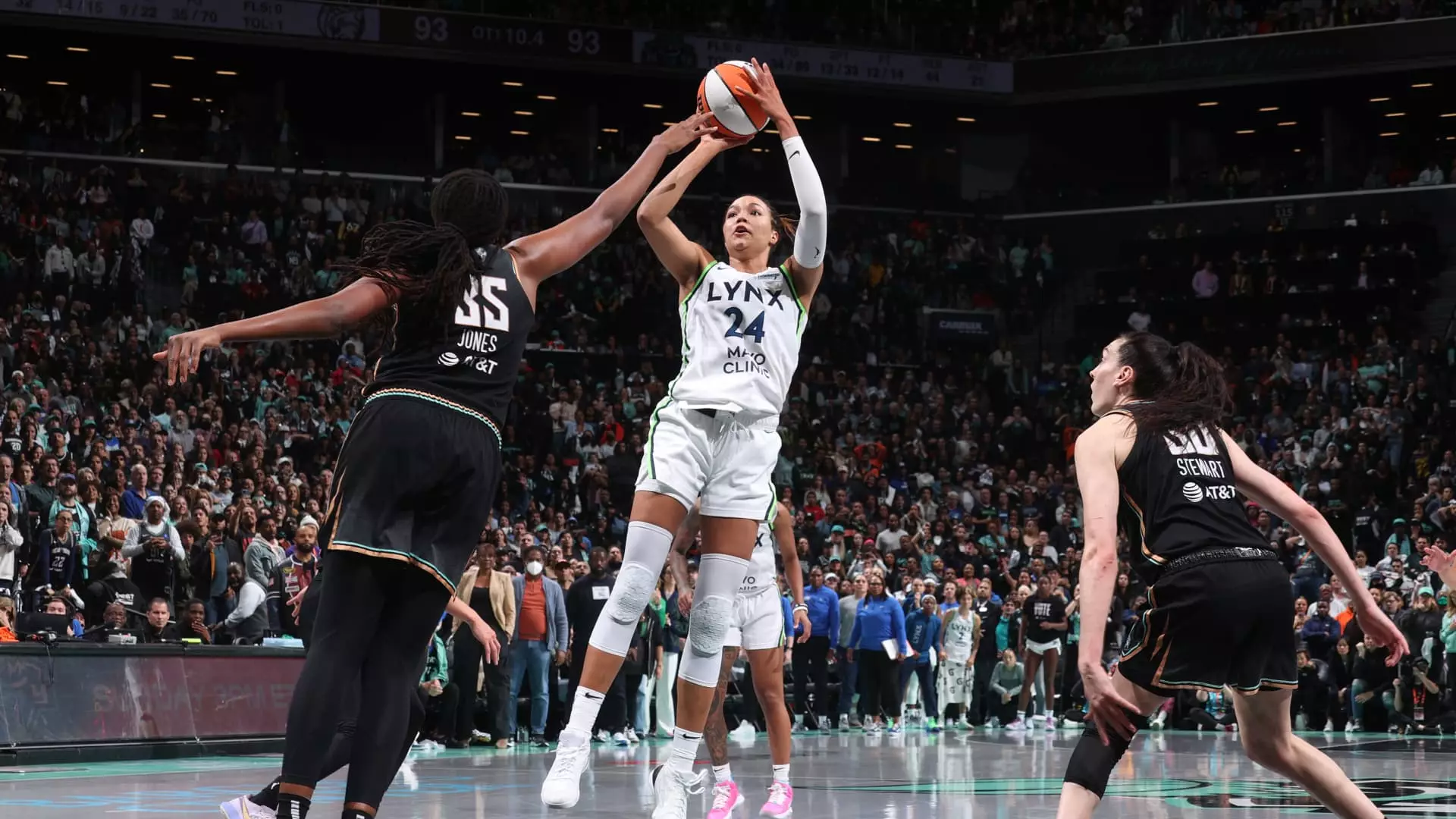The landscape of women’s professional sports is changing, and the Women’s National Basketball Association (WNBA) is at the forefront of this evolution. With a major announcement for the 2025 season, WNBA Commissioner Cathy Engelbert has set the stage for a thrilling new chapter by extending the regular season and enhancing the playoff format. This bold step is not only a response to the league’s growing popularity but also aims to provide fans with an enriched experience.
One of the most significant changes to the WNBA structure is the increase in the regular season from 40 to 44 games. This decision directly responds to the escalating demand from basketball fans who crave to see their favorite players in action more frequently. Engelbert emphasized that expanding the schedule aligns with the league’s trajectory of growth and establishes new opportunities for audience engagement. The shift to a longer regular season not only helps in spotlighting more matchups but also recognizes the athletic prowess and resilience of the players involved.
Moreover, the extend of the playoffs signals a shift in how the league views its postseason importance. By increasing the Finals series from five games to seven, the WNBA is adopting a more traditional and competitive format. This change, featuring a 2-2-1-1-1 home game layout for higher seeds, allows teams greater chances to showcase their talents over a longer period. This means every single game can have a monumental impact, amplifying the stakes and the drama that accompanies championship basketball.
In tandem with the extended schedule is the introduction of new teams into the league. The Golden State Valkyries will mark their debut as the WNBA’s 13th team in 2025. With ambitions to expand global interest in the product, Engelbert outlined plans for additional teams in Toronto and Portland, which are set to launch in 2026. These expansions not only reflect the growing demand for women’s basketball in diverse regions but also serve as a testament to the WNBA’s sustainable growth strategy.
The value of the league is encapsulated in its recent $2.2 billion media rights deal spanning 11 seasons, negotiated under the auspices of the NBA’s existing framework. Momentum is building, and the addition of new franchises is a calculated move that acknowledges the sizable fan base that women’s sports are building across North America.
However, the league’s remarkable ascent does not come without its criticisms, particularly concerning the treatment of women athletes. Engelbert faced backlash for her initial noncommittal response to concerns about racism and harassment faced by players, prompting her to clarify and condemn such behavior later. This highlights a critical issue in the sports industry today, as athletes navigate a landscape laced with both fervent support and troubling adversities.
The rise in players reporting incidents of racism and harassment online underscores a need for addressing these systemic issues within the sport and creating a safe environment for players. A proactive approach from league leaders, including Commissioner Engelbert, is crucial in responding to these challenges and ensuring that the WNBA remains inclusive and supportive.
As the WNBA gears up for its upcoming changes, the current season showcases electrifying basketball dynamics. The Finals have commenced with a fierce competition between the Minnesota Lynx and New York Liberty, drawing attention from across the sports world. The Lynx lead the series 1-0 after a gripping overtime victory, proving that the quality of the game remains paramount as the league evolves.
With a blend of emerging talent and seasoned veterans bringing their best to the court, the WNBA reflects a new era of professionalism and skill. As the league expands in both scope and influence, it remains poised to light the way for future generations of athletes, making women’s basketball not just a spectator sport but a celebrated part of the athletic fabric.
The WNBA is transforming, and with each step forward, it continues to inspire countless individuals while redefining the landscape of women’s sports.

